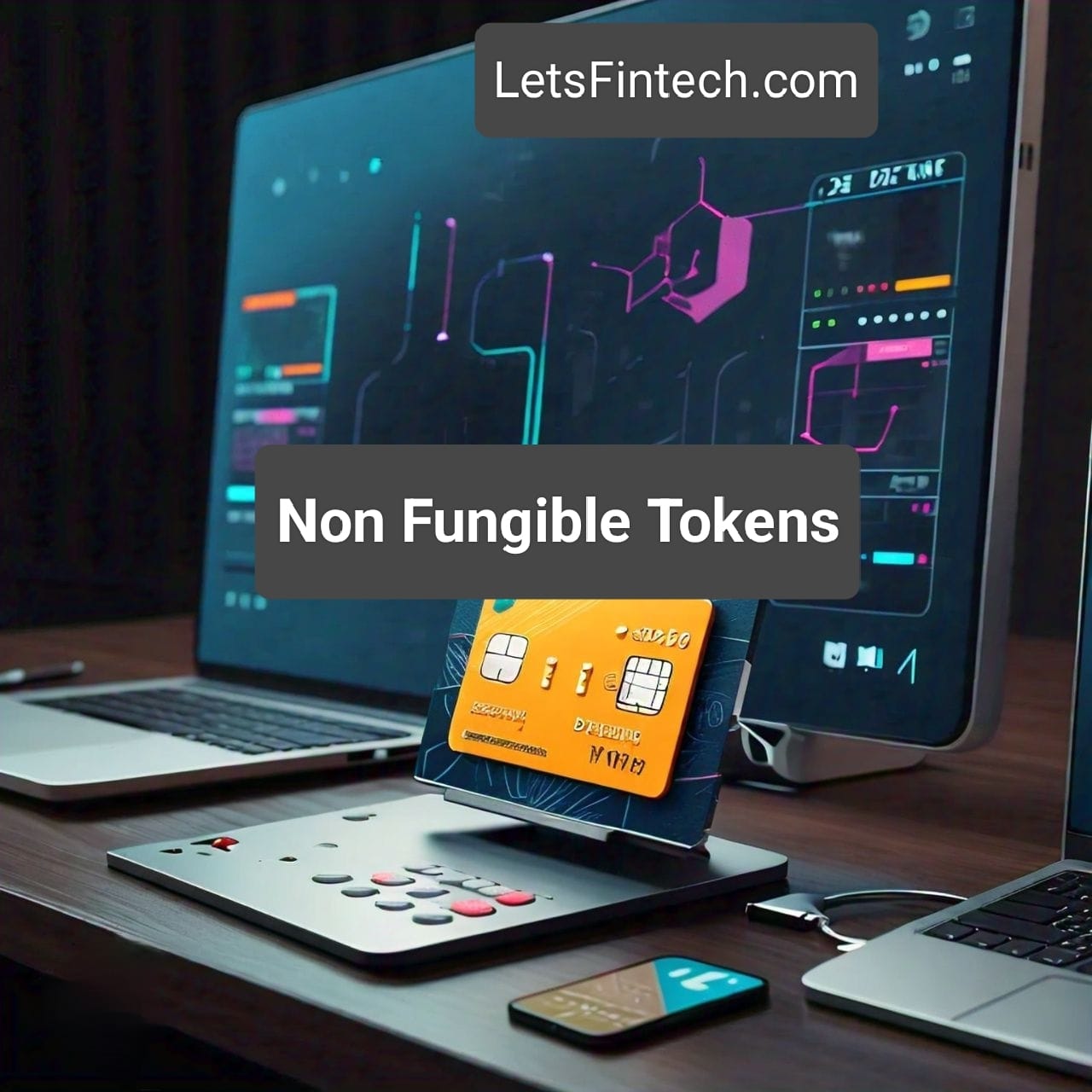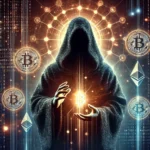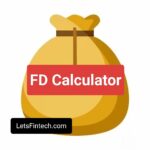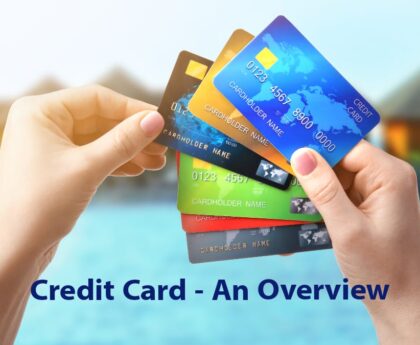1. What Are NFTs?
Definition: Non-Fungible Tokens (NFTs) are unique digital assets that represent ownership or proof of authenticity of a specific item or piece of content using blockchain technology. Unlike cryptocurrencies such as Bitcoin or Ethereum, NFTs are indivisible and cannot be exchanged on a one-to-one basis.
2. How NFTs Work:
Blockchain Technology:
- NFTs are typically built on blockchain platforms, with Ethereum being the most common. The use of blockchain ensures security, transparency, and immutability of ownership records.
Smart Contracts:
- Smart contracts are self-executing contracts with the terms of the agreement directly written into code. NFTs utilize smart contracts to manage and execute the ownership and transfer of digital assets.
Token Standards:
- The most widely used standard for NFTs on Ethereum is the ERC-721 standard. ERC-1155 is another standard that allows for the creation of both fungible and non-fungible tokens within the same contract.
3. Key Components of NFTs:
Metadata:
- Each NFT has associated metadata that provides information about the digital asset, such as its title, artist, date of creation, and other relevant details.
Token ID:
- NFTs are distinguished by unique token IDs assigned during creation. These IDs are crucial for identifying and differentiating one NFT from another.
Ownership and Transfer:
- Ownership of an NFT is recorded on the blockchain, allowing for transparent tracking of ownership history. NFTs can be bought, sold, and transferred between owners through blockchain transactions.
4. The NFT Ecosystem:
Digital Art and Collectibles:
- NFTs gained early popularity in the digital art and collectibles space. Artists and creators can tokenize their work, allowing for direct sales to collectors with verifiable ownership.
Gaming:
- NFTs are utilized in gaming for ownership of in-game assets, characters, and items. Players can buy, sell, and trade these assets both within and outside of the gaming ecosystem.
Real Estate and Virtual Worlds:
- NFTs have been explored for representing ownership of virtual real estate in blockchain-based virtual worlds, creating new possibilities for decentralized ownership.
Music and Intellectual Property:
- Musicians and content creators can tokenize their work, providing a new revenue stream and allowing for direct engagement with fans.
5. Challenges and Criticisms:
Environmental Impact:
- The energy consumption of blockchain networks, especially those utilizing proof-of-work consensus mechanisms, has raised concerns about the environmental impact of NFTs.
Copyright and Plagiarism:
- Issues related to copyright infringement and plagiarism have arisen in the NFT space, highlighting challenges in verifying the originality and authenticity of digital content.
6. Future Trends and Developments:
Integration with Traditional Finance:
- NFTs are expected to become more integrated with traditional finance, enabling fractional ownership, lending, and other financial instruments based on NFTs.
Cross-Chain Compatibility:
- The development of cross-chain solutions may allow NFTs to move seamlessly between different blockchain networks, increasing interoperability.
Enhancements in Scalability:
- Improvements in blockchain scalability solutions aim to address the limitations of high gas fees and slow transaction times associated with certain blockchain networks.
Expanded Use Cases:
- NFTs are likely to find applications in various industries beyond art and gaming, including education, healthcare, and supply chain management.
NFTs represent a revolutionary development in the digital ownership and authenticity space. As the technology matures, addressing challenges and embracing broader use cases, NFTs are poised to redefine how digital assets are created, bought, and sold in the future. The evolving NFT ecosystem continues to capture the imagination of creators, collectors, and innovators worldwide.
Pros and Cons of Non-Fungible Tokens (NFTs):
Pros:
- Ownership and Authenticity:
- Pros: NFTs provide a transparent and immutable record of ownership, ensuring authenticity and provenance for digital assets.
- Direct Artist-to-Collector Transactions:
- Pros: NFTs enable artists and creators to directly sell their work to collectors, eliminating the need for intermediaries and providing a new revenue stream.
- Global Accessibility:
- Pros: NFTs can be bought, sold, and traded globally, allowing creators to reach a wider audience and collectors to access a diverse range of digital assets.
- Interoperability:
- Pros: Some NFT standards, like ERC-1155, allow for the creation of both fungible and non-fungible tokens within the same contract, promoting interoperability.
- Programmable Assets:
- Pros: Smart contracts associated with NFTs can be programmed to include royalty fees for creators, ensuring ongoing compensation for their work when resold.
Cons:
- Environmental Impact:
- Cons: Proof-of-work blockchain networks, like Ethereum, which are commonly used for NFTs, can have a significant environmental impact due to high energy consumption.
- High Gas Fees:
- Cons: Transaction fees (gas fees) associated with NFTs on certain blockchain networks can be high, making it expensive for creators and collectors, particularly during periods of high demand.
- Copyright and Plagiarism Concerns:
- Cons: The decentralized nature of NFTs can lead to challenges in enforcing copyright, with instances of plagiarism and unauthorized use of digital content.
- Market Saturation and Speculation:
- Cons: The rapid growth of the NFT market has led to concerns about market saturation, speculative behavior, and the potential for a bubble.
- User Experience Challenges:
- Cons: NFT platforms may have a steeper learning curve for users unfamiliar with blockchain technology, and issues such as wallet management can pose usability challenges.
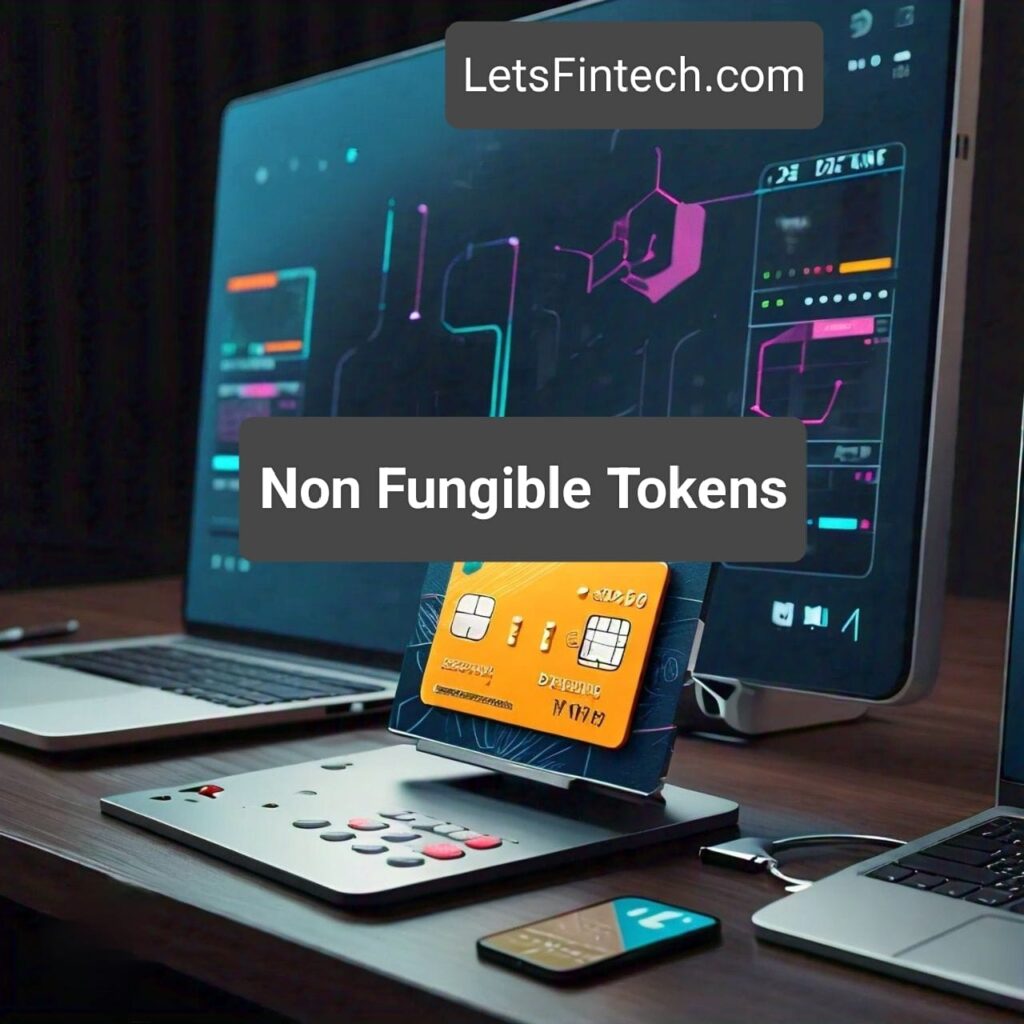
Examples of NFT Use Cases:
- Digital Art:
- Pros: Digital artists can tokenize their work, sell it directly to collectors, and receive royalties on secondary market transactions.
- Cons: Concerns about copyright infringement and the difficulty of verifying originality.
- Example: “Everydays: The First 5000 Days” by Beeple, sold for $69 million, showcases the potential for digital art in the NFT space.
- Gaming:
- Pros: NFTs in gaming enable players to own, trade, and sell in-game assets, providing true ownership and value to virtual items.
- Cons: High gas fees can impact the cost-effectiveness of smaller transactions.
- Example: Cryptokitties, a blockchain-based game where players collect, breed, and trade virtual cats using NFTs.
- Virtual Real Estate:
- Pros: NFTs represent ownership of virtual real estate in blockchain-based virtual worlds, allowing users to buy, sell, and develop digital properties.
- Cons: Limited mainstream adoption and challenges in understanding the perceived value of virtual real estate.
- Example: Decentraland, a virtual world where users can buy, sell, and develop virtual real estate using NFTs.
- Music and Intellectual Property:
- Pros: Musicians can tokenize their music, allowing for direct sales to fans, and potentially receiving royalties on future use.
- Cons: Challenges in adapting existing copyright and licensing models to the NFT space.
- Example: Kings of Leon released their album as an NFT, offering exclusive content and perks to token holders.
- Collectibles and Memorabilia:
- Pros: NFTs enable the tokenization of physical collectibles, providing proof of ownership and authenticity.
- Cons: Challenges in linking physical items to their digital counterparts securely.
- Example: Top Shot by NBA, where fans can buy, sell, and trade officially licensed NBA collectible highlights as NFTs.
Understanding these pros and cons, along with real-world examples, provides insights into the multifaceted nature of NFTs and their impact on various industries.
